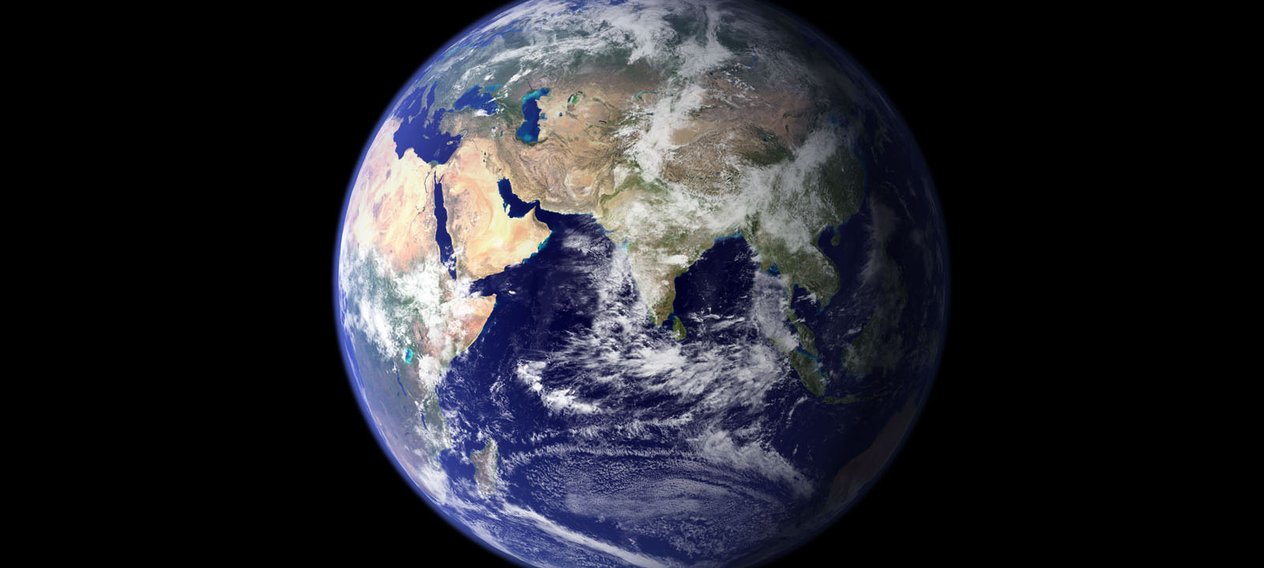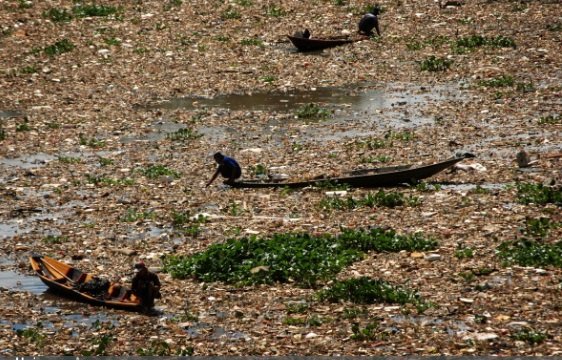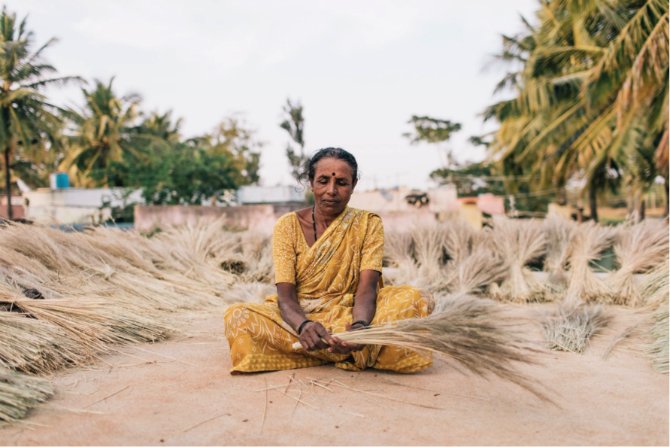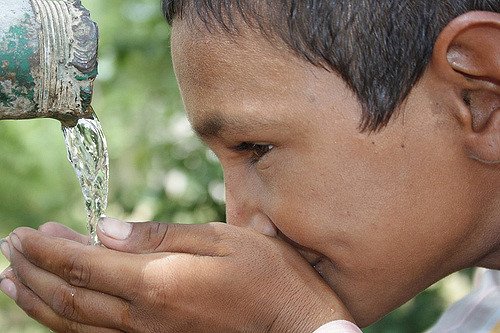Dams, irrigation and now climate change have drastically reduced the once-mighty river. Is it a sign of things to come?
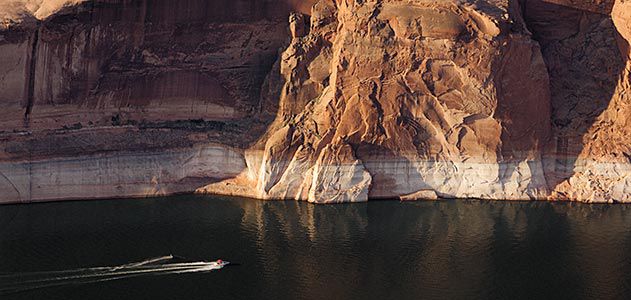
Reservoirs along the river may never rise to previous levels. Utah’s Lake Powell has a “bathtub ring” that rises at least 70 feet above the water.
From its source high in the Rocky Mountains, the Colorado River channels water south nearly 1,500 miles, over falls, through deserts and canyons, to the lush wetlands of a vast delta in Mexico and into the Gulf of California.
Then, beginning in the 1920s, Western states began divvying up the Colorado’s water, building dams and diverting the flow hundreds of miles, to Los Angeles, San Diego, Phoenix and other fast-growing cities. The river now serves 30 million people in seven U.S. states and Mexico, with 70 percent or more of its water siphoned off to irrigate 3.5 million acres of cropland. Read more







